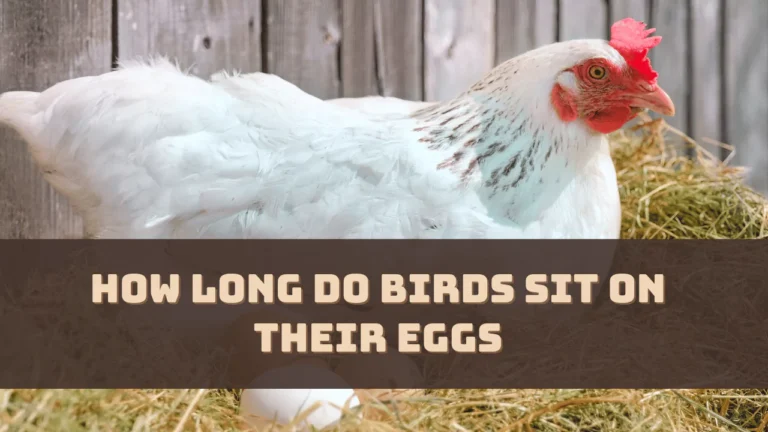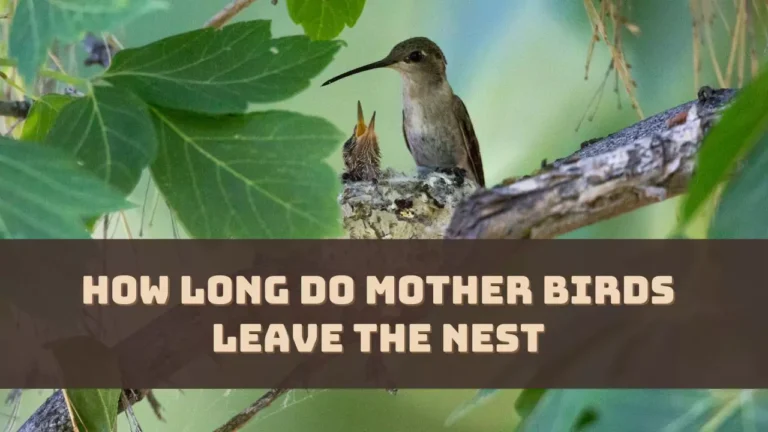No, Ducks do not cry tears like humans do because they lack tear ducts. However, they can vocalize sounds that may resemble crying. When distressed, scared, or feeling grief, ducks may produce loud noises as a form of communication. These sounds serve to alert others, express alarm, or convey pain. While ducks may exhibit behaviors that mimic crying, they do not shed tears in the same manner as humans.
Let’s dive straight into the details to understand the emotion of a duck and learn whether ducks cry.
Are Ducks Emotional?
If you have a duck, along with providing the waterbird with an enriched, spacious, and clean environment, you also need to understand its emotional needs. While you are providing it with regular access to water and a nutritional diet, you must also allow the duck to express its emotions, like making different sounds, honking, whistling, and repeated quacking.
By following how it is using the vocals, you get to determine whether the bird is happy or sad. They too have a complex emotional life, but do not have the capability to express themselves like humans can.
To understand the duck better, you have to form a deep and strong social bond with the duck. You need to gain its trust so that the duck can express itself and you get the chance to work on its well-being and happiness.
How to Understand a Ducks’ Emotions?
Ducks show defensive behavior towards their territory and if you can understand this instinct you will get an insight into their emotional state. To decipher their emotions, pay attention to the volume, tone, and frequency of vocalization as they do not shed tears.
If you can read a duck’s body language, such as wing movement, posture, tail movement, and also head gesture, then it can reflect their mental state, such as –
- If you find the duck has raised the feathers or put its head down, then it is an indication of threat or it might be anxious.
- If the bird has a relaxed posture with neatly groomed feathers, then it indicates happiness or contentment.
- Finding the duck charging or flapping its swing or showing any kind of aggressive behavior, is an indication of stress or anxiety.
- If the duck is making low-pitched quakes, then it is an indication of discomfort or distress.
- If the ducks start whining and quacking, then they are feeling hungry, cold, or lonely.
Can Young Ducklings Show Emotion?
Young ducklings are heard making peeping noises when they feel hungry, cold, or scared. When ducklings and their mothers converse, they communicate through high-pitched sounds where the ducklings express how they are feeling. They also convey happiness, alarm, warning, or even courtship through quacking, honking, and whistling.
How to Identify a Sad Duck?
Your priority should be to recognize the signs of sadness in the duck, as at this phase they need more care and support. If you find that a lively duck has been showing a sudden decrease in activity level or becoming lethargic, then the waterbird is definitely sad.
The bird can also lose its appetite when sad or show a decrease in usual eating habits. A sad duck usually prefers to seclude itself from the rest of the flock and sit alone without any social interaction. They completely isolate themselves.
You need to find out its reason for being sad and provide it with an engaging environment to uplift its mood.
How Can You Support a Duck Emotionally?
If the duck is under stress or facing any discomfort, then you need to provide the duck with a clean and spacious area for living. There should not be any dirt and regular cleaning should be done, which leaves a positive impact on the ducks. The duck must have access to clean water so that they can swim and reduce their stress level.
Depriving the ducks from regular access to water can build up anxiety and unhappiness. Provide the duck with a complete diet that fulfills all their nutritional requirements. A balanced diet would keep the duck happy and healthy. You can also consult with the veterinarian to get the best dietary options.
Do Ducks Cry?
Ducks are seen with watery eyes, which give them the impression of crying, but it is definitely not crying. Ducks do not have tear glands like other humans, as they are not mammals, where the tear is produced in the lacrimal gland and then drained into the eyes through ducts. However, ducks have a third eyelid, called a nictitating membrane which protects the eyes, but they do not shed tears.
Rather, they have a gland near the eye, which is known as the Harderian gland and it releases a liquid that resembles a tear. The main role of this gland is to maintain moisture and clean the eyes of the duck. When the duck is injured, this gland becomes highly active, which leads to the discharge of fluid from the eyes.
Ducks do not cry, they simply make distress calls or mournful quacks to show their emotions. If you find tears in the duck’s eyes, then it can be due to an infection, injury, or irritation in the eyes.
Eye infection can also occur due to foreign objects hitting the eyes, eye trauma, or allergies. So, get instant veterinary assistance as proper diagnosis and treatment are required so that the condition does not get worse.
What Affectionate Behavior is Seen Among Ducks?
Ducks are also seen showing affection towards their flock mates and here are the signs of a trusted and positive emotional bond:
- Ducks are seen grooming each other as an act of social bonding, where they preen each other’s feathers. This behavior helps them to remain clean and also strengthens their bond.
- The ducks also snuggle up or rest side by side or even lay their head on the back of the other swan, which is a way of comforting each other and building companionship.
How to Detect if a Duck is Happy?
You need to recognize the sign of happiness in a duck through these expressions –
The duck is wagging its tail, flapping its wings, making a chorus quacking and honking, communicating socially, increasing activity level, swimming more energetically, and playing with other flockmates.
What is the Social Nature of Ducks?
Ducks are highly social animals and form a strong bond with their flocks. They also show cooperative behavior and to express themselves, they interact with other ducks. However, if they appear to be more intimidating, with feathers puffed up and heads tucked in, then they exhibit fear or being scared.
Which Behaviors Are Mistaken to be Crying in Ducks?
If the ducks have been through excessive preening around the eyes, then it can be mistaken as crying in ducks. Also, due to infection or any irritation, water can roll out of the eyes, which is not crying.
Is it Okay to Kiss Your Pet Duck While Comforting it During Distress?
No, it is always advised not to kiss the duck or bring it too close to your face as they transmit diseases like salmonella and influenza. So, you can try to comfort the duck in alternative methods, as mentioned above, other than physical contact.




